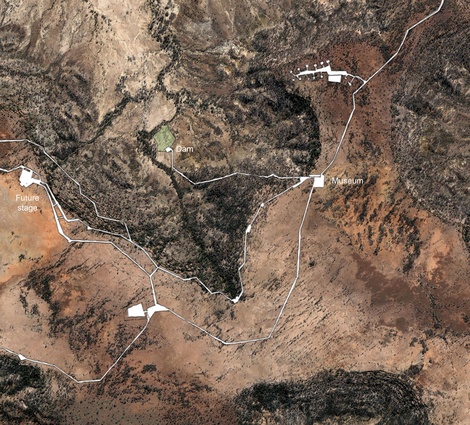Local voters get one last
chance to revive Toledo science museum
BY ALEX M. PARKER BLADE STAFF WRITER
COSI, which operated in
downtown Toledo for more than 10 years, has one final shot to convince voters
for support, leaders say.
After failing twice, museum
organizers are pulling out all of the stops spending at least $167,200 raised
from private donations in a campaign to persuade Lucas County voters to reopen
the museum.
Science and technology is
the base of our work force. It's where we're going and where our county is going, said Lori Hauser, the museum s director of
operations. COSI is around to spark a wonder in science and math and also to
get people excited in this field.
Issue 37, the additional
five-year, 0.17-mill levy request, would cost the owner of a $100,000 home
about $5.21 a year, according to the county auditor. It would bring in $1.25
million annually for the science center s operations, according to levy
advocates.
Local businesses such as
Owens Corning, First Solar Inc., Xunlight Corp., and BP PLC s Toledo Refinery
all said they would not only help fund the levy campaign but would also assist
the museum once it opens with new exhibits.
It s a quality of life
issue, not just for Toledo, but for all of Lucas County, Maumee Mayor Tim
Wagener said.
COSI officials are sticking
to a pledge they made during the last levy campaign in 2007 that, if reopened,
the museum would have free admission for children from Lucas County on
Saturdays, if they are accompanied by an adult.
The museum opened in 1997
and closed in December, 2007.
If the levy does not pass,
Ms. Hauser said it would close permanently and its exhibits would be shipped to
other museums.


